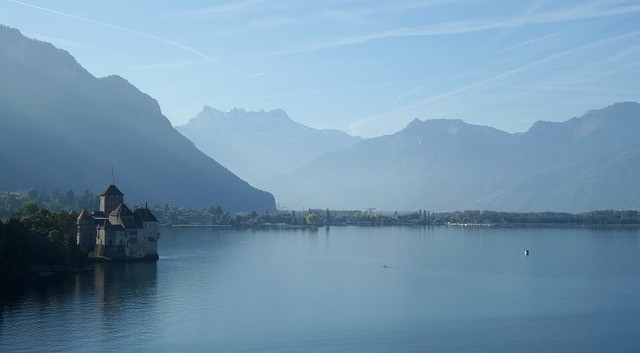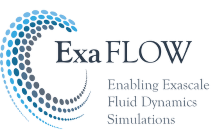Author: Dr. Nick Johnson, EPCC
Having just returned from Lausanne where we had the most recent all-hands meeting, it was time to write our periodic report. These are good opportunities to step back and see what we've covered, as a work-package and partner since our first meeting in Stockholm in October 2015.
I resurrected a set of slides to do a comparison and see that we've covered a fair amount of work in the past 18 months and I even now understand some of the maths! We've worked heavily on energy efficiency, benchmarking codes in-depth on a number of systems. We are lucky that we have three similar (but not identical) systems from the same vendor so we can easily exchange measurement tips and libraries. It is also apparent that despite using well tuned systems, we see variances between runs of a simulation and have to be careful to design out experiments.

Similarly, we've been making gains in our efforts to extend communications libraries and make them more ready for future exascale machines by exploring different programming models. The current library is robust but uses only MPI v1 features and as such we cannot easily take advantage of single sided communications and vendor optimisations thereof. Writing a new communications library, ExaGS, which uses UPC has shown some initially promising results. As we further develop this library, we see opportunities to extend this further, to other programming languages such as OpenSHMEM to give much greater flexibility across platforms.



